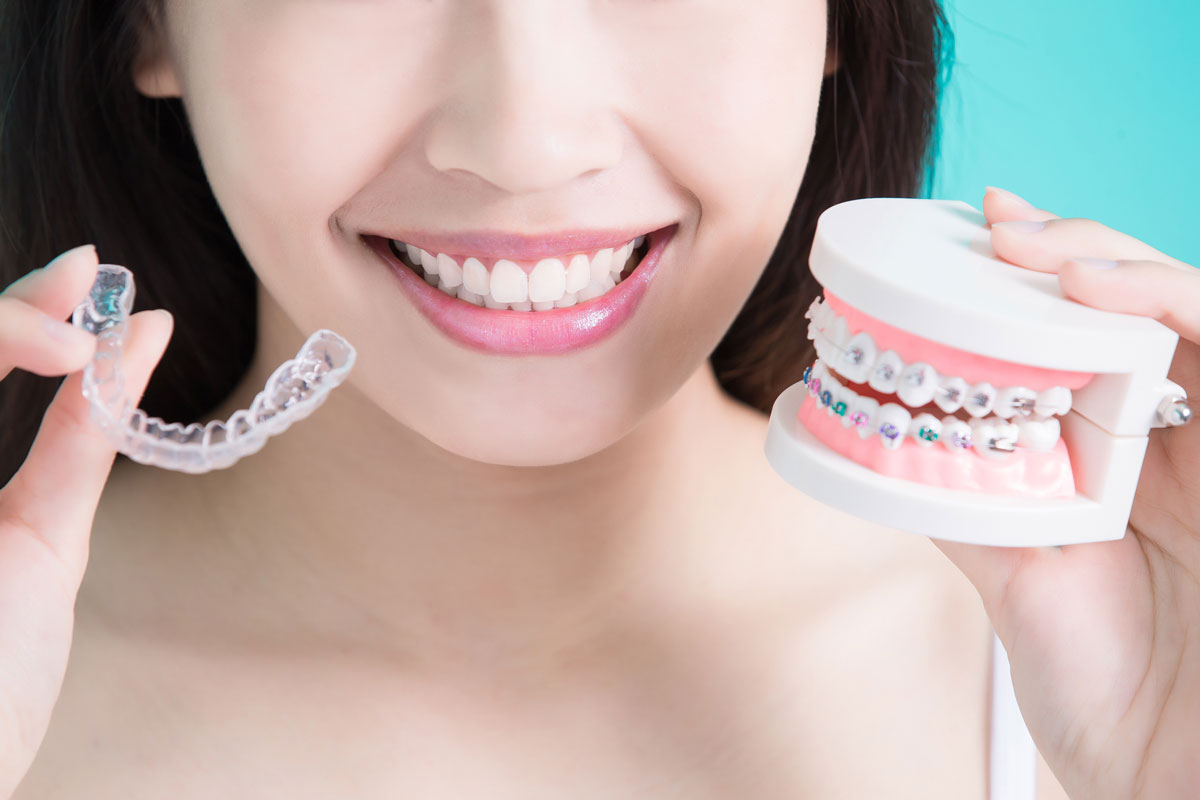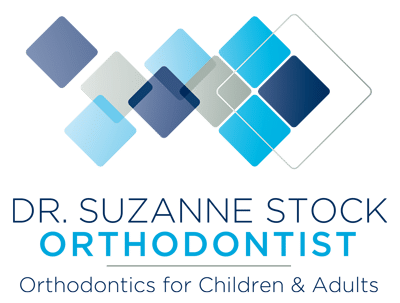Types of Braces

Dr. Suzanne Stock provides braces in Iowa City, Fairfield, Washington, and Williamsburg, IA. Call to learn more and schedule your appointment.
In the past, if you wanted to straighten your teeth, your only option was metal braces. These days, you have choices—and that’s a good thing! It means no matter your preferences, lifestyle, or orthodontic needs, there’s an option available for you.
The first step in the process of getting braces is visiting our office for a consultation. Dr. Stock will examine your teeth and assess your bite; if needed, x-rays and other imaging may be taken. Once a diagnosis has been made, Dr. Stock will discuss her findings with you and go over your treatment options, including the advantages and disadvantages of each. This is your opportunity to ask any questions you might have and share your goals and preferences.
Once you and Dr. Stock have decided the best option for your needs, she will plan your treatment, which will be customized for you. You’ll return to our office to begin treatment, then come back for follow-up appointments on a regular basis to adjust your braces and monitor your progress.
We offer the following types of braces:
Metal Braces
Today’s metal braces are better than ever, with a lower profile and smaller size for a more comfortable experience and high-grade stainless steel brackets for strength and durability. The brackets are cemented onto the teeth, holding a thin metal archwire in place that is used to gently push and pull your teeth into position.
Clarity Clear Braces
Instead of brackets and wires, Invisalign uses a series of clear plastic aligners to straighten the teeth. These aligners are virtually invisible and because they can be removed, you can continue to eat whatever you like and brush and floss as you normally would. Patients appreciate the comfort and convenience of Invisalign, particularly those who are undergoing orthodontic treatment as adults.
Invisalign
Today’s metal braces are better than ever, with a lower profile and smaller size for a more comfortable experience and high-grade stainless steel brackets for strength and durability. The brackets are cemented onto the teeth, holding a thin metal archwire in place that is used to gently push and pull your teeth into position.
Frequently Asked Questions About Braces
What is a good age to have braces?
For children, we typically start treatment with braces between the ages of 9–14. If you’re an adult, any time is the right time to start with your treatment. After all, the sooner you start, the sooner you’ll be enjoying your new smile!
Is it painful to get braces?
When your braces are being put on, you won’t experience any pain, but after your appointment, it’s common to feel uncomfortable tightness and pressure. Over-the-counter pain relievers can be used to alleviate this.
How long will I need to wear braces?
Most patients need to wear braces for 1–3 years, but the length of time depends on your unique orthodontic needs. If you’re an adult who only needs minor misalignments corrected, your treatment could take less than a year to complete.
How soon do teeth start moving with braces?
Right away! The pressure you feel when your braces are first put on means that they’re working to move your teeth. Of course, it takes time for them to move enough for you to notice—you’ll need to wait 4–6 weeks for that.
Do braces fix your teeth forever?
Your results from braces will be permanent as long as you maintain them by wearing a retainer as directed once your braces are removed.
Call to learn more and schedule your appointment.
